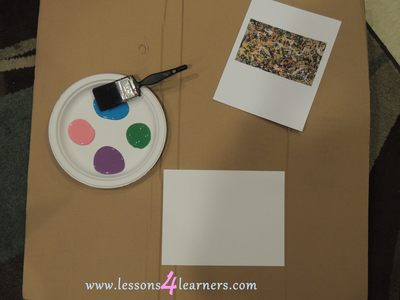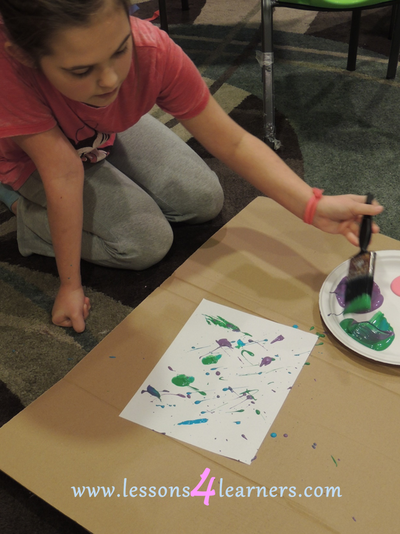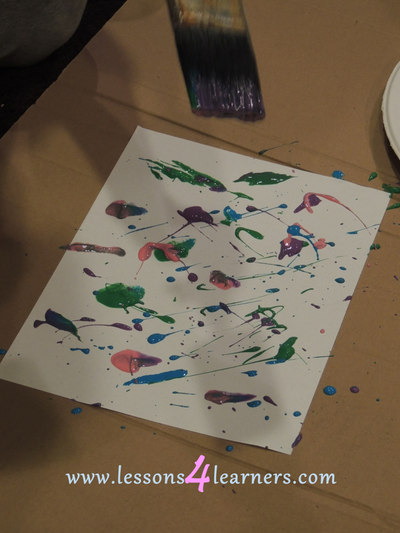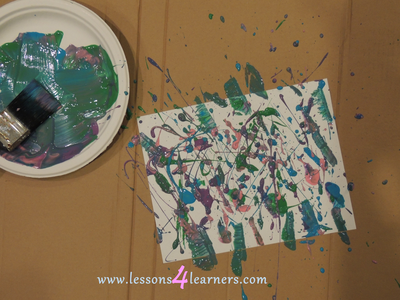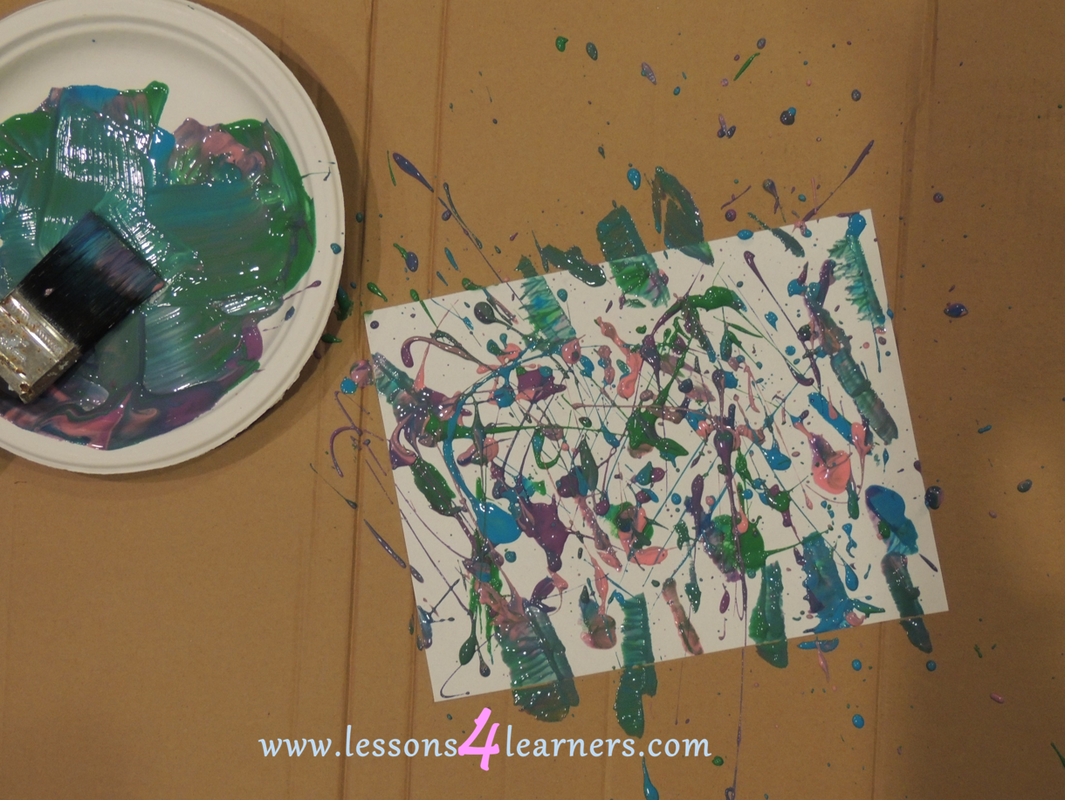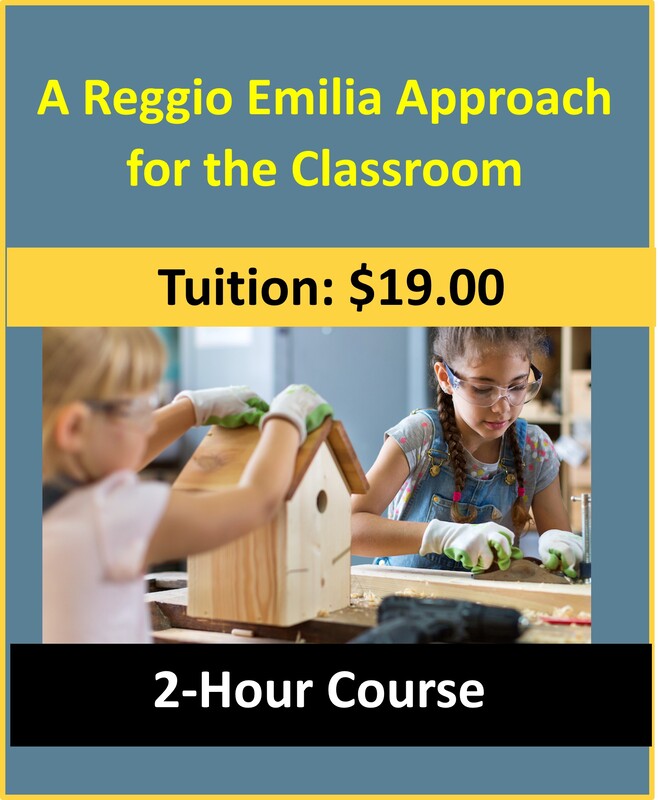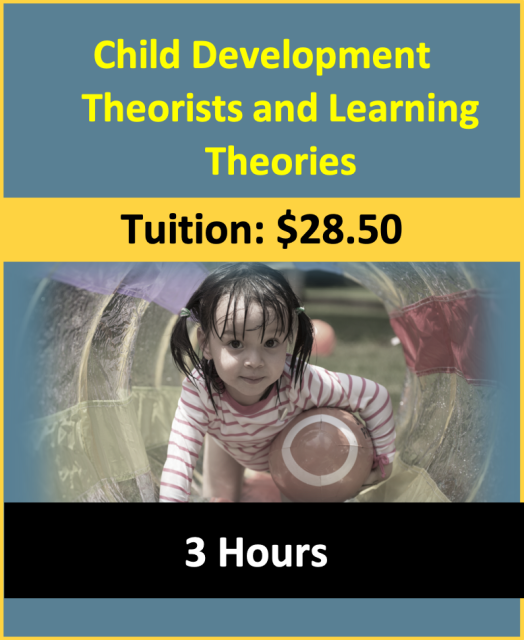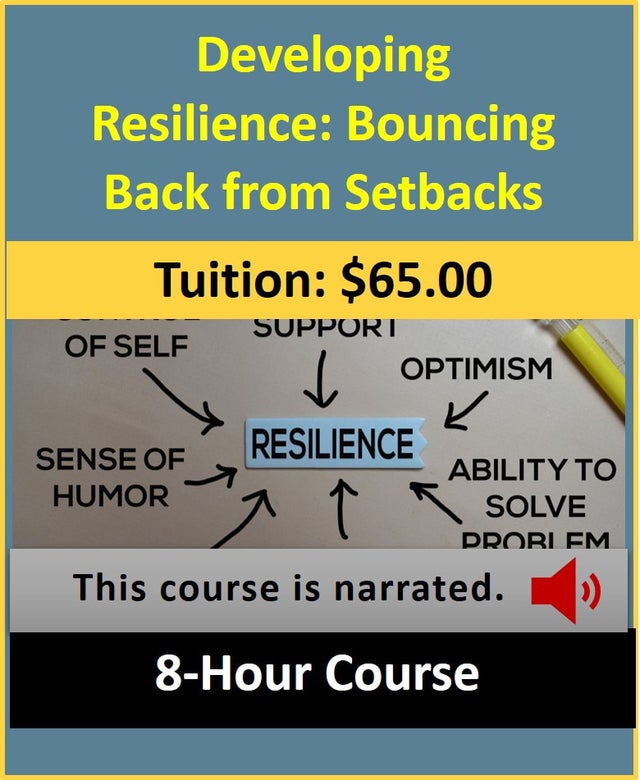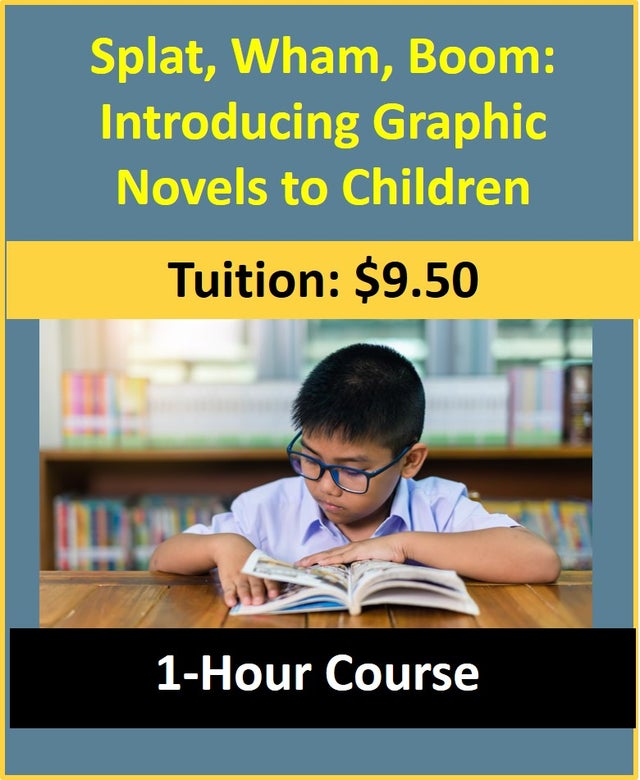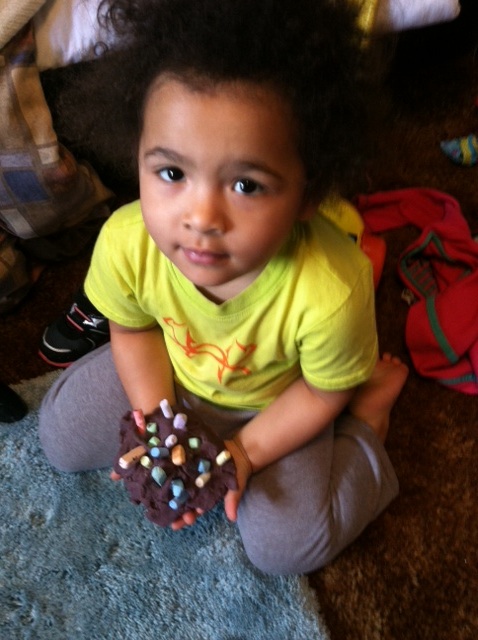Jackson Pollock Splatter Art
Lesson Plan:
|
Activity:
Jackson Pollock Splatter Art
Lesson plan developed by Ms. Erika Geelhoed, BA Ed
Age Group:
* Lesson plan objective and assessment can be adapted to use this activity with school-age children.
Objectives:
Children will:
|
II.7.4b
Candidate promotes individual expression and creativity
Materials:
|
Resources:
Procedure:
- Begin the activity by introducing Pollock.
- Give the children a brief biography and answer any questions they may have about him.
- Be sure to show the children a picture of him as well as a variety of his works.
- Ask them what they think about this style of painting.
- Set out a large piece of cardboard.
- This will prevent any mess from getting on the floor.
- Place the paper on top and set out the paints and paintbrushes.
- Encourage the children to try the splatter/drip technique.
- As they are creating, ask them questions about Pollock and his painting style.
Assessment:
- Observe and record the children as they work. What did they share with you or other students about the new splatter technique and the artist Pollock?
Click on the course icon for enrollment information.
The Significance of Art in Child Development
Motor Development
Many of the small movements involved in making art, such as painting, molding clay or cutting using safety scissors, can help children improve their fine-motor dexterity and control. Fine-motor skills are needed to do everyday tasks and are essential for increasing independence. Even the most mundane skills such as opening a door or zipping a zipper require fine-motor skills. By giving students plenty of engaging opportunities to hone these abilities, they will have the confidence and capacity to begin more complicated skills such as writing.
Many of the small movements involved in making art, such as painting, molding clay or cutting using safety scissors, can help children improve their fine-motor dexterity and control. Fine-motor skills are needed to do everyday tasks and are essential for increasing independence. Even the most mundane skills such as opening a door or zipping a zipper require fine-motor skills. By giving students plenty of engaging opportunities to hone these abilities, they will have the confidence and capacity to begin more complicated skills such as writing.
|
Emotional Development
As children create, they develop a sense of emotional satisfaction. This comes from the control they are able to experience by making decisions about their art. They get to choose what colors and materials to use and how to use them. These decision making skills should be encouraged as they are young in order for them to make more complicated decisions later on in life. Art also serves as emotional outlet for many children. Through their art they can express what they are thinking and feeling in a positive way. As they receive encouragement for their artwork, children will develop self-esteem and a sense of accomplishment. |
Cognitive Development
In addition to fine-motor and emotional skills, the arts help children develop their problem-solving skills as well. When students are creating, they are often faced with new challenges that they must find solutions to. How do I prevent this sculpture from falling over? This glue isn’t working. What else can I use? Art shows children that there is often more than one way to solve a problem and encourages them to think outside the box.
Cause and effect is also explored through art. What happens when I drag this crayon across the paper? What if I mix red and blue paints together? Through art, children are able to make connections about their surroundings and learn about the properties of different materials.
In addition to fine-motor and emotional skills, the arts help children develop their problem-solving skills as well. When students are creating, they are often faced with new challenges that they must find solutions to. How do I prevent this sculpture from falling over? This glue isn’t working. What else can I use? Art shows children that there is often more than one way to solve a problem and encourages them to think outside the box.
Cause and effect is also explored through art. What happens when I drag this crayon across the paper? What if I mix red and blue paints together? Through art, children are able to make connections about their surroundings and learn about the properties of different materials.
